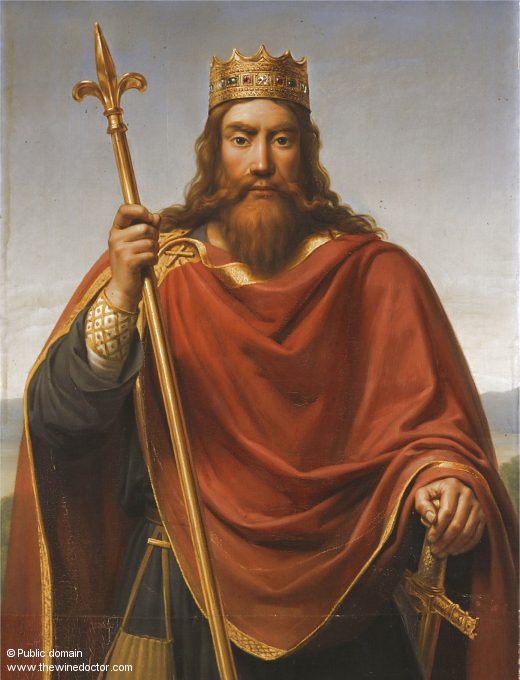Orléans
Otez ces Teinturiers, ne leur donnez l’entrée,
Renoyez les la bas en leur noire contrè.
Que dedans peu de tems on verra ruinée
La gloire d’Orléans et sa bonne vinée
Take away these Teinturiers, don’t let them in,
Send them back to their black country.
Or in a short time we will see ruined
The glory of Orléans and its good wine
L’Hercule Guespin ou l’Himme du Vin d’Orléans (1605), Pierre Rouzeau
Stepping foot into the vineyards of Orléans, we arrive in one of the Loire Valley’s most historic vineyards. A long-established home for some of France’s most noble varieties, including Pinot Noir (and other members of the Pinot family) as well as Chardonnay, the appellation can trace its roots back almost to prehistory.
Its ancient origins, its proximity to Paris, and a long history of royal patronage saw the Orléans vineyards grow to an almost unimaginably vast size. At one point early in the 19th century the region around Orléans was home to more than 32,000 hectares of vines. To put that in context, this is larger than the entirety of modern-day Burgundy; not larger than merely the Côte d’Or, but the entire Burgundy vineyard, including all the vines planted within the Mâconnais, Beaujolais, Chablis and generic Bourgogne appellations.
As with other almost-disappeared wine regions such as those of the Auvergne, where the 21st-century vineyards cover a fraction of the area planted during the 19th century, the story is a familiar one. Following phylloxera, the energy and investment required to replant vineyards meant only the most desirable slopes within the most lucrative regions were restored. Just like the wines of the Côtes d’Auvergne, Côte Roannaise and Côtes du Forez, though, the nubbin of vineyards which survived are of the highest calibre, and tended by the most hardy, determined, quality-minded of vignerons. These nubbins of vineyards-past offer us wines of quality which not only give immediate pleasure, but which also ensure that a sense of variety and diversity are maintained across the French vineyard.
In this instalment of my guide to the wines of the Loire Valley I invite you to discover more about this rather isolated Ligérian vineyard as I explore Orléans, the Loire Valley’s most northerly appellation, and one of the most northerly red wine appellations (arguably the most northerly) in France.
History
The search for the origin of viticulture around Orléans takes us back to the 6th century and the rule of Clovis I (c.466 – c.511), the founder of the Merovingian dynasty, and the first to unite all the Frankish people living across what is now northern France, Belgium and the Netherlands under the rule of one king.
Writings from the 9th century tell us of Euspicius, the archbishop of Verdun in northern France, who secured a pardon for the people of Orléans from Clovis I after they had revolted against his rule. Following this Clovis I (imagined below, in a painting by 19th-century artist François-Louis Dejuinne) donated a royal villa and land at Micy, at the union of the Loire and Loiret rivers just outside Orléans, to Euspicius. Here the archbishop would found a great abbey.

